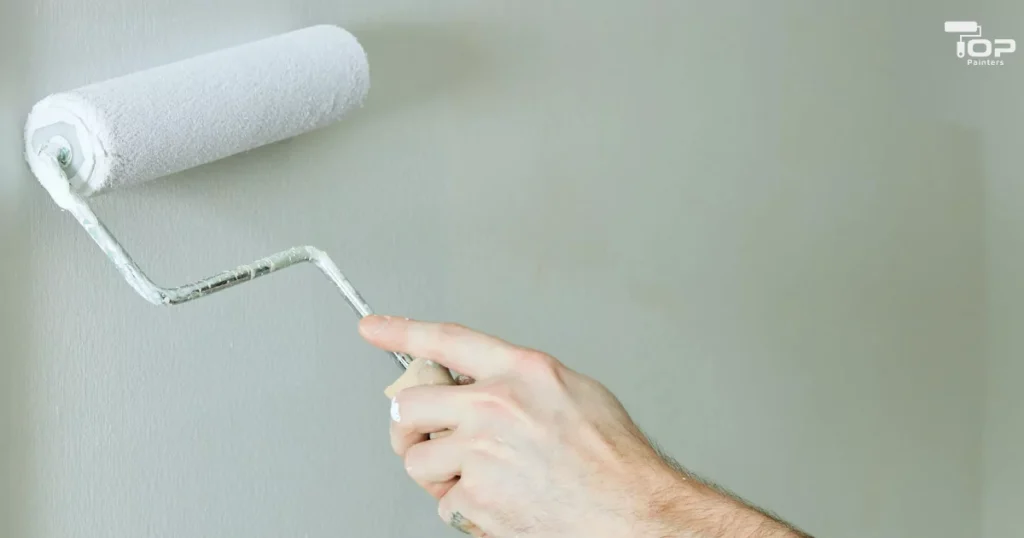Achieving professional-quality painted surfaces requires sophisticated understanding of roller technology and its impact on paint application characteristics. Research conducted by the National Association of Home Builders indicates that roller selection influences coverage efficiency, texture uniformity, and overall project completion time more significantly than paint quality alone. Many painters underestimate the technical complexity involved in roller selection, often choosing inappropriate nap lengths or inferior materials that compromise finish quality and increase labor costs. Professional painting contractors recognize that roller performance directly affects customer satisfaction, callback rates, and profit margins on commercial and residential projects. Understanding the science behind high-performance painting rollers enables both professional contractors and serious DIY enthusiasts to achieve consistently superior results while maximizing material efficiency and minimizing application time.
Roller Cover Materials and Construction
Synthetic roller covers manufactured from polyester or nylon blends demonstrate superior performance with water-based paints and latex formulations. These materials resist matting and maintain structural integrity when exposed to water-based solvents, ensuring consistent paint pickup and release throughout extended application sessions. High-density polyester covers provide excellent paint-holding capacity while minimizing lint transfer that can create surface imperfections.
Natural fiber roller covers, typically constructed from lamb’s wool or mohair, excel with oil-based paints, varnishes, and alkyd formulations. The natural fiber structure creates optimal paint reservoir capacity while providing smooth, even paint release that minimizes roller marks and stippling. Wool fibers naturally conform to surface irregularities, making them ideal for slightly textured substrates where complete coverage requires adaptable application tools.
Blended roller covers combine synthetic and natural fibers to create versatile options suitable for multiple paint types. These hybrid covers offer the durability of synthetic materials with the superior finish quality associated with natural fibers, making them practical choices for painters working with various formulations on different projects.
Nap Length Selection and Surface Matching
Nap length, the height of fibers on roller covers, must align precisely with surface texture and desired finish characteristics. Short nap covers ranging from 1/4 to 3/8 inch work optimally on smooth surfaces including drywall, plaster, and previously painted surfaces where minimal texture exists. These covers provide maximum paint transfer while creating smooth, uniform finishes free from stippling or texture artifacts.
Medium nap covers measuring 1/2 to 3/4 inch accommodate surfaces with moderate texture such as textured drywall, concrete block, or wood siding with visible grain patterns. The increased fiber length allows paint penetration into surface irregularities while maintaining adequate coverage on raised areas, creating uniform appearance across varied surface topography.
Long nap covers extending from 1 to 1.5 inches handle heavily textured surfaces including stucco, brick, concrete block, and rough wood siding. The extended fibers reach deep into surface recesses while providing sufficient paint volume for complete coverage. However, longer naps require careful technique to prevent excessive paint buildup and maintain uniform application thickness.
Core Construction and Performance Impact
Roller core materials significantly influence paint pickup, release characteristics, and overall application performance. Phenolic resin cores provide superior dimensional stability and solvent resistance, maintaining precise roundness and surface smoothness throughout repeated use cycles. These cores resist swelling and warping when exposed to water-based paints, ensuring consistent performance across multiple projects.
Cardboard cores, while economical, demonstrate limited durability and dimensional stability when exposed to paint moisture. These cores may swell, develop flat spots, or deteriorate during extended use, compromising paint application uniformity and potentially damaging cover materials. Professional applications typically require more durable core materials to ensure consistent performance standards.
Plastic cores offer moderate performance characteristics with improved moisture resistance compared to cardboard alternatives. These cores maintain dimensional stability better than cardboard while providing cost-effective solutions for occasional use applications. However, they may not provide the precision and durability required for demanding professional applications.
Frame and Handle Integration
Roller frame construction affects application control, user comfort, and paint transfer efficiency. Heavy-duty frames manufactured from reinforced steel or aluminum provide superior durability and dimensional stability under the pressure required for effective paint application. Lightweight frames may flex during use, creating uneven pressure distribution that results in inconsistent coverage and premature cover wear.

